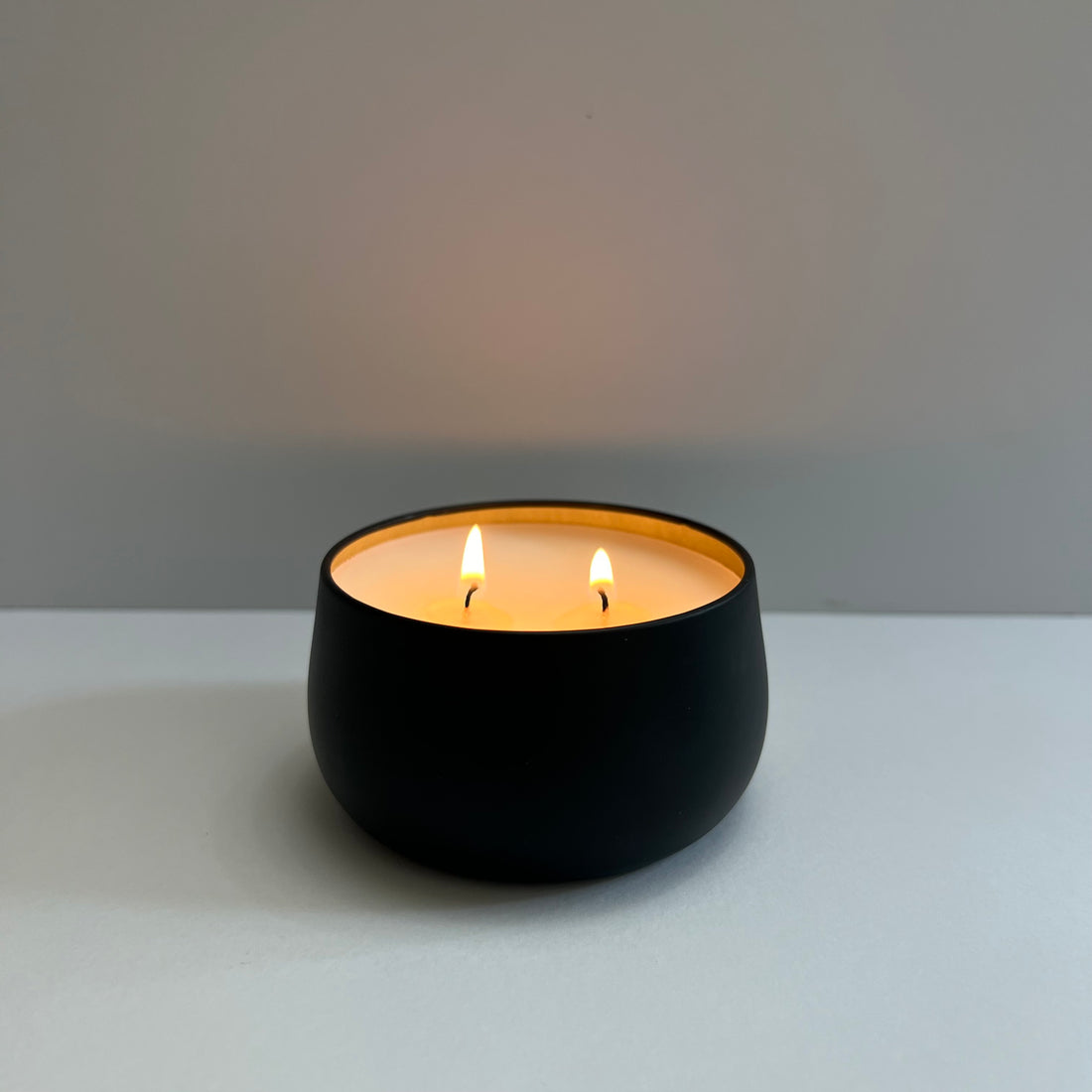
Why Phthalate-Free Matters for Your Home and Health
Share
Understanding Phthalates: What They Are, Their Uses, and Their Potential Effects
What Are Phthalates?
Phthalates are a group of chemical compounds primarily used to make plastics more flexible and durable. They belong to a category known as plasticizers, substances added to materials to increase their flexibility, transparency, durability, and longevity. Phthalates are commonly found in everyday items such as vinyl flooring, shower curtains, food packaging, and children’s toys. Additionally, they are widely used in personal care products, cosmetics, and fragrances.
How Are Phthalates Used?
Phthalates serve a versatile range of functions across different industries. In plastics, they help make rigid substances flexible, which is why they are prevalent in PVC (polyvinyl chloride) products. Beyond plastics, phthalates are also used in solvents, lubricants, and adhesives.
In the fragrance industry, phthalates are often used as stabilizers or fixatives. Their role here is to help scents last longer, extending the life of the fragrance. This is why you will find phthalates in perfumes, lotions, shampoos, air fresheners, and, of course, scented candles.
Phthalates in Candles
Phthalates are sometimes added to the fragrance oils used in scented candles. These chemical compounds can help enhance the throw of the scent, allowing it to fill a room more effectively and last longer. For many candle manufacturers, the use of phthalates offers an affordable way to boost the quality and longevity of the fragrance. However, the presence of phthalates in candles raises concerns about the air quality within the home, especially when candles are burned frequently in enclosed spaces.
When a candle containing phthalates is burned, these chemicals can be released into the air along with the fragrance. This may cause exposure to potentially harmful compounds, which is why many consumers are becoming more conscious about the types of candles they bring into their homes.
Health Concerns Associated with Phthalates
Phthalates have been the subject of extensive study and debate, primarily due to their potential impact on human health. Some of the key health concerns linked to phthalate exposure include:
1. Hormonal Disruption
Phthalates are often referred to as "endocrine disruptors." This means that they can interfere with the body’s hormonal system. Specifically, phthalates have been shown to mimic or block hormones, particularly estrogen, and can potentially disrupt the balance of natural hormones in the body. Such disruptions can have far-reaching effects on physical health, particularly in sensitive populations like infants, children, and pregnant women.
2. Reproductive Health Issues
Research suggests that prolonged exposure to certain types of phthalates may affect reproductive health. Studies have linked phthalate exposure to reduced fertility, abnormal development of the reproductive organs, and altered hormone levels in both males and females. In some cases, high levels of phthalate exposure have been linked to a decreased sperm count in men.
3. Respiratory and Allergic Reactions
Burning candles that contain phthalates may release harmful fumes into the air, which can contribute to respiratory irritation. Individuals with asthma, allergies, or other respiratory conditions may be particularly susceptible to these effects. Prolonged inhalation of phthalate-containing fumes can lead to increased coughing, sneezing, and other allergic reactions.
4. Long-Term Health Effects
While the immediate effects of phthalate exposure may be less apparent, long-term exposure has been associated with more serious health consequences. Some animal studies suggest a link between phthalates and liver or kidney damage, while other research points to a possible association between phthalate exposure and metabolic issues, such as obesity and insulin resistance. Although more research is needed to fully understand these long-term risks, these potential dangers are concerning, particularly given how common phthalates are in everyday products.
How to Avoid Phthalates
Given the potential health risks associated with phthalates, many people are seeking ways to reduce their exposure. Here are some practical steps to avoid phthalates in your daily life:
- Check Labels: Look for products labeled as "phthalate-free." Many companies are now transparent about their ingredients, especially in personal care items and home products.
- Choose Natural Fragrance Options: Opt for candles, air fresheners, and personal care products that use natural essential oils instead of synthetic fragrance oils. Essential oils often offer a phthalate-free alternative that still provides a pleasant aroma.
- Avoid Plastics Marked with Recycling Codes 3 and 7: Phthalates are often found in plastics, especially those marked with the recycling code "3" (for PVC). Where possible, choose alternatives like glass or stainless steel.
- Ventilate Your Home: If you do use products that may contain phthalates, ensure your space is well-ventilated. Proper airflow can help to minimize the buildup of potentially harmful chemicals in the air.
The Movement Toward Phthalate-Free Living
As awareness of the potential health risks posed by phthalates grows, many manufacturers have begun to phase out their use, particularly in consumer goods that are inhaled or applied directly to the skin. There is also a growing demand for transparency in ingredient labeling, with consumers pushing for clearer identification of harmful chemicals in household products.
Governments and regulatory bodies are also taking action. For instance, the European Union has restricted the use of certain phthalates in cosmetics and children’s products, and similar regulatory efforts are gaining momentum in other regions. In response to these concerns, many companies have chosen to develop phthalate-free products, offering safer options for consumers who prioritize health and wellness in their purchasing decisions.
Conclusion
Phthalates are a common class of chemicals with wide-ranging applications, from plastics to fragrances. However, growing evidence suggests that these compounds may pose a risk to human health, particularly in relation to hormonal balance, reproductive health, and respiratory function. With these concerns in mind, many individuals are opting for phthalate-free products as a safer alternative for themselves and their families.
Whether you’re choosing candles, personal care items, or household products, it’s important to be aware of the ingredients and potential health impacts of what you bring into your home. The movement towards phthalate-free products reflects a broader shift towards healthier, safer, and more transparent living—empowering consumers to make informed choices for their well-being.
Our Phthalate-Free Commitment
At Fragrance & Fire Candle Co., we are committed to crafting products that you can feel good about using in your home. All of our scented items, including Candles, Wax Melts, and Fragrance Mists, are made with phthalate-free fragrance oils to ensure a cleaner, healthier environment for you and your loved ones.
We believe that enjoying beautiful scents shouldn’t come with compromises. That’s why we use a clean-burning coconut soy wax blend, paired with safe, high-quality ingredients, for every product. You can explore our collections with confidence, knowing that our commitment to clean, non-toxic ingredients is at the heart of everything we make. Learn more and find your perfect scent today.

